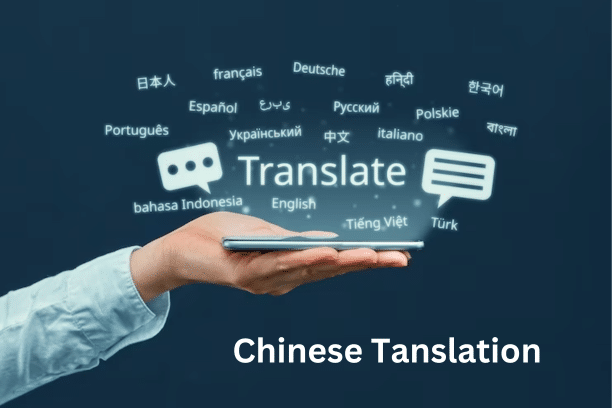- July 23, 2023
- Posted by: Prontosys SEO
- Category: chinese translation in dubai

The term “best Chinese translation bridge” does not have a standard or widely recognized definition in the translation industry. It seems to be a phrase that combines the concepts of translation, bridge, and Chinese language.
Translation refers to the process of converting written or spoken content from one language to another while capturing the meaning, style, and cultural nuances of the original text. It involves accurately conveying the message in the source language into the target language.

What are the major components of Chinese translation services?
In order to let you know about the major components of Chinese translation services then make sure to go through the following points:-
Bridge: In the context of language and communication, a bridge typically refers to a means of connecting or bridging the gap between different languages, cultures, or people. It enables effective communication and understanding between individuals or groups who speak different languages.
Chinese: Chinese refers to the language or languages spoken by the Chinese people, which include various dialects and written forms such as Mandarin, Cantonese, and others. Chinese is one of the most widely spoken languages in the world, and it has numerous regional variations.
Considering these components, the term “best Chinese translation bridge” could possibly refer to an effective and reliable means of facilitating communication and understanding between the Chinese language (or its various dialects) and other languages.
How does Chinese translation bridge the language gap for international businesses?
Chinese translation plays a crucial role in bridging the language gap for international businesses operating in or targeting the Chinese market. Here’s how it facilitates communication and enables success:
- Market Expansion: China is a vast and rapidly growing market with unique cultural and linguistic characteristics. By translating marketing materials, product descriptions, and websites into Chinese, businesses can effectively reach and engage Chinese-speaking consumers, expanding their customer base and market share.
- Cultural Relevance: Chinese translation goes beyond converting words; it takes cultural nuances into account. Translated content is adapted to Chinese cultural norms, preferences, and sensibilities, making it more relatable and appealing to Chinese audiences. This cultural relevance helps build trust, enhances brand perception, and improves customer engagement.
- Understanding Customer Needs: Accurate Chinese translation services enables businesses to understand and cater to the specific needs and preferences of Chinese consumers. By localizing their offerings, companies can provide Chinese customers with products and services that align with their cultural context, leading to higher customer satisfaction and loyalty.
- Legal Compliance: In international business transactions, accurate translation of legal documents, contracts, and agreements is crucial for legal compliance. Chinese translation ensures that businesses and their Chinese counterparts have a clear understanding of the terms and conditions, minimizing the risk of misunderstandings or legal disputes.
There might be too many service providers out there so choosing the right one is truly essential. So, make sure to reach out to us at Frontline Translation.

